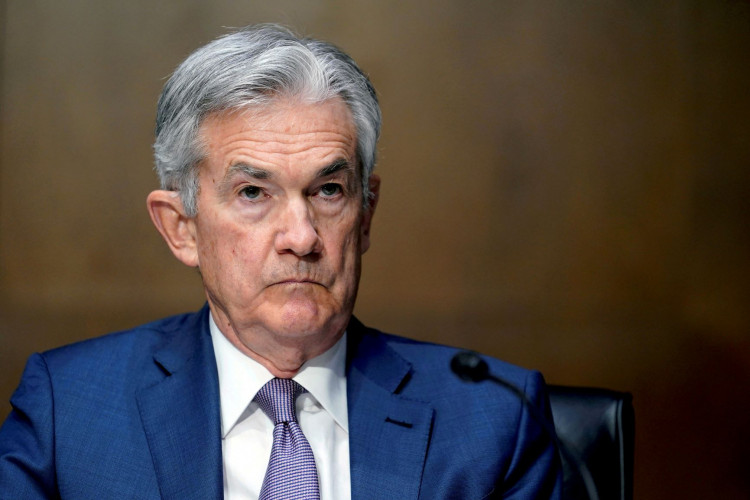The Federal Reserve, under the stewardship of the Federal Open Market Committee (FOMC), has maintained a cautious approach, keeping interest rates steady amidst signs of economic stabilization. The decision underscores the central bank's delicate balancing act between fostering economic growth and managing inflationary pressures.
In a pivotal move, the FOMC has subtly altered its stance, removing previous indications that hinted at further rate hikes. This shift suggests a growing confidence among policymakers that the worst of inflationary pressures may be abating, although the path forward remains fraught with uncertainty.
"The Committee does not expect it will be appropriate to reduce the target range until it has gained greater confidence that inflation is moving sustainably toward 2 percent," the FOMC stated, underscoring a cautious optimism tempered by the reality of inflation still exceeding the Fed's benchmark.
The Fed's decision comes at a time when economic indicators are showing signs of resilience. Economic growth has been described as "solid," and there have been notable advancements in the battle against inflation. However, the statement from the FOMC emphasizes a vigilant stance, acknowledging the precarious balance between fostering employment and controlling inflation.
"The Committee judges that the risks to achieving its employment and inflation goals are moving into better balance," the statement noted, reflecting a cautiously optimistic outlook on the economic horizon.
The backdrop to the Fed's latest policy decision includes a series of macroeconomic developments that have shaped the current economic landscape. Inflation, as measured by core personal consumption expenditures, has shown signs of moderation, aligning more closely with the Fed's targets. Moreover, the labor market, a critical component of the economy's health, has exhibited robustness, with recent data suggesting a softening yet still vigorous employment sector.
Amid these developments, the Fed has signaled a departure from the aggressive rate hikes that characterized its earlier response to post-pandemic inflationary pressures. The unanimous decision to maintain the current rate reflects a consensus among policymakers about the need for a cautious approach. This prudence is informed by the lagged effects of monetary policy, which suggest that previous rate adjustments continue to ripple through the economy.
As the Fed charts its future course, the focus remains squarely on data-driven decision-making. "In considering any adjustments to the target range for the federal funds rate, the Committee will carefully assess incoming data, the evolving outlook, and the balance of risks," the FOMC statement articulated, highlighting the central bank's commitment to adaptability in the face of evolving economic conditions.
The implications of the Fed's decision extend beyond the immediate economic landscape, touching on broader questions about the future trajectory of monetary policy. As the central bank navigates the complexities of a post-pandemic economy, its actions will continue to be closely scrutinized for indications of how it plans to balance the dual mandates of fostering employment and ensuring price stability.






